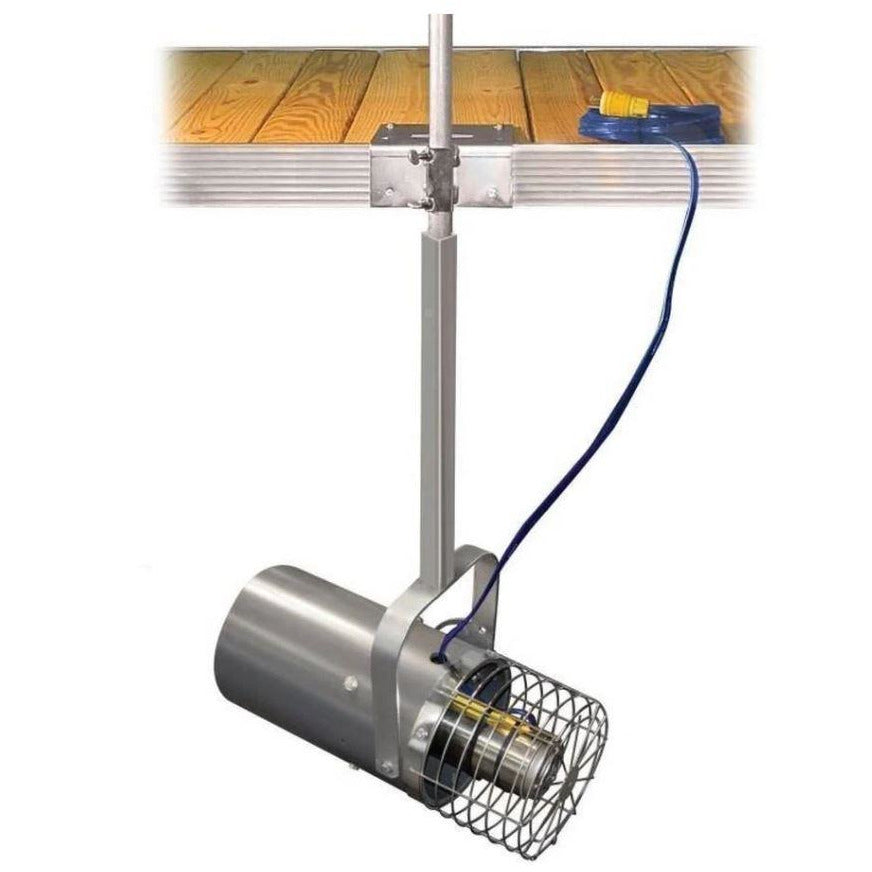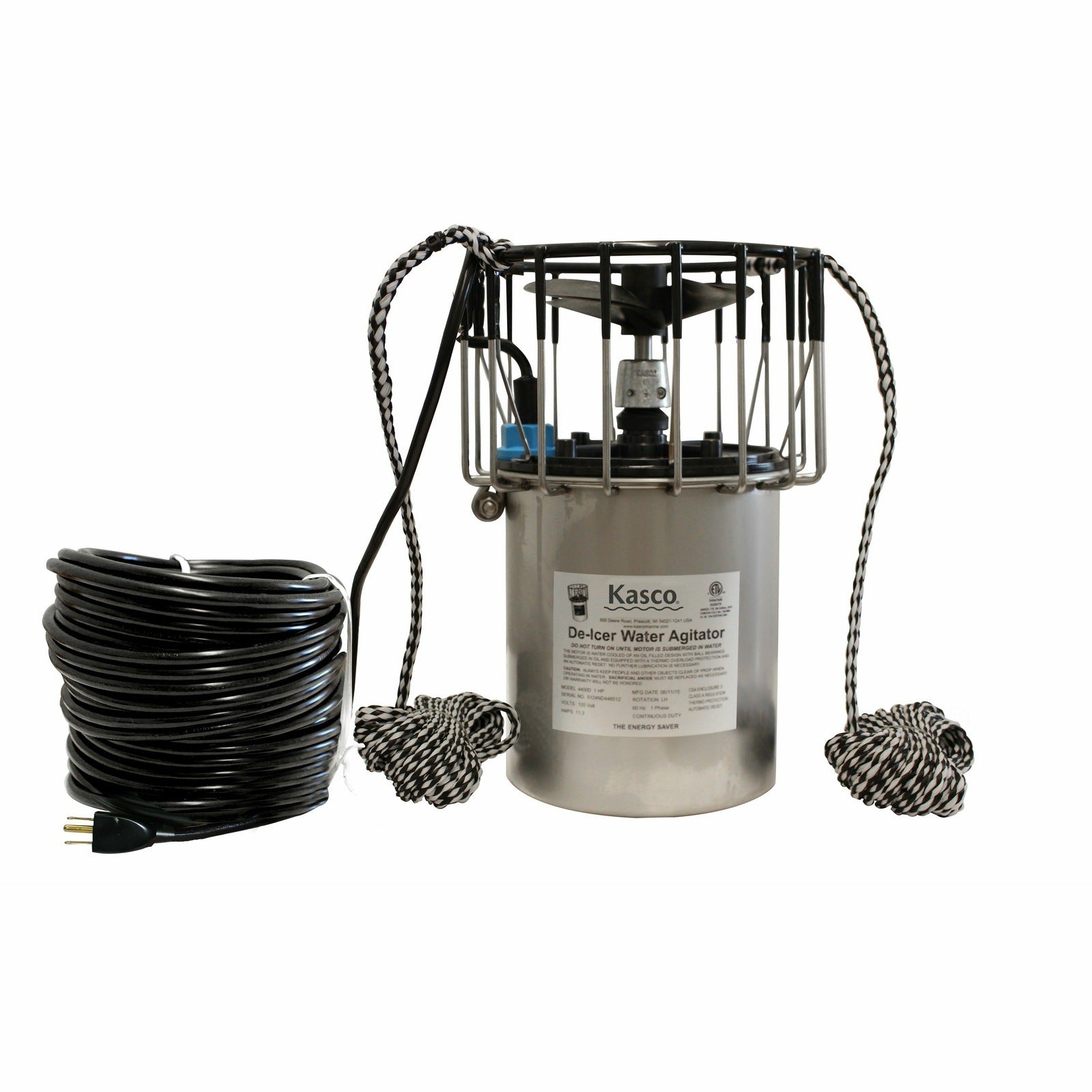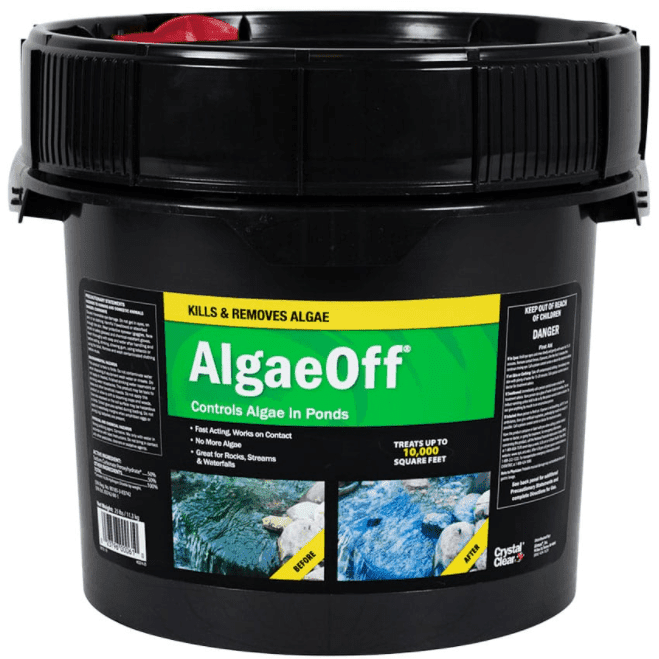Maintaining a healthy pond requires occasional draining and cleaning. Whether you're renovating, performing maintenance, or simply want a fresh start, understanding how to drain your pond efficiently is crucial. This guide explores various methods, with and without a pump, to help you choose the best approach for your needs.
Do you need to drain your pond?
Our ponds are complex ecosystems with beneficial bacteria, vibrant plants, and fascinating creatures. This delicate balance takes time to establish and draining throws everything out of whack. Refilling the pond means starting from scratch and getting it back to its healthy state can be a long and frustrating journey.
Draining disrupts this delicate balance, and achieving the right pH, nitrite, and ammonia levels again can be a tricky balancing act. Before resorting to drastic measures, explore other cleaning options. Invest in a handy pond rake or vacuum, or even build your own filter. These solutions tackle the mess without disrupting the ecosystem you've worked so hard to create.
Reasons to Drain a Pond
Several reasons might necessitate draining your pond:
- Cleaning: Removing accumulated debris, sludge, and algae helps maintain water quality and fish health.
- Repairs: Addressing leaks, cracks, or liner damage might require complete or partial draining.
- Relocation: Moving your pond to a new location necessitates complete drainage.
- Seasonal maintenance: In cold climates, draining shallow ponds before winter prevents freezing and potential damage.
Where to drain the water?
Draining your pond doesn't mean wasting the valuable resource within. Packed with nutrients and beneficial microbes, pond water acts as a natural fertilizer powerhouse for your garden.
Instead, direct the drained water towards your greenery. Dense flowerbeds, vegetable patches, and even fruit trees will thrive with this nutrient boost. Even your lawn will benefit from the slow release of nutrients into the soil, reaching the deep roots of trees and shrubs.
For smaller gardens, fill buckets or watering cans with pond water and use it throughout the week. Its fertilizing properties remain effective for several days, making it a valuable addition to your watering routine.
Remember: This approach is not only eco-friendly but also saves you money on commercial fertilizers, while nourishing your plants with nature's goodness.
Draining a Pond Using a Pump
Whether your pond needs a refresh or a complete overhaul, knowing how to drain it effectively is key. Here's a breakdown of three popular methods involving a how to drain a pond with a pump:
1-Using a Submersible Pond pump:
- Choose a pump with enough power for your pond size. Grab hoses reaching your desired drainage point and secure them with clamps.
- Place the pump in the deepest part, ensuring it's fully submerged and stable.
- Attach the intake hose to the pump and the discharge hose to your drainage location.
- If needed, follow the pump's manual to prime it, removing air from the hose and initiating water flow.
- Plug in the pump and monitor the water level. Adjust the pump's position or extend hoses if necessary.
- Once the desired level is reached, unplug the pump and disconnect the hoses.
2-Using a solar powered pump
- Choose a solar-powered pump with sufficient capacity for your pond and ensure it receives ample sunlight.
- Follow the manufacturer's instructions for positioning the pump and connecting the hoses.
- The solar panels convert sunlight into energy, powering the pump to gradually pond drain.
3-Using a hand pump
- Hand pumps can move water at a rate of 5-10 gallons per minute, while hoses can handle 2-10 gallons per minute. This suggests that a hand pump can significantly speed up the draining process compared to using just a hose. For example, draining a 100-gallon pond would take 10-20 minutes with a hand pump, but much longer without one.
- However, hand pumps are only suitable for small ponds due to their limited flow rate. For larger ponds, consider using a submersible or solar pump for a faster and less strenuous option.
Draining a pond Without A Pump
When faced with the task of how to drain a pond without a pump, it may seem like a daunting challenge. However, there are alternative methods that can prove effective, one of which involves using a vacuum cleaner. By repurposing a household tool, such as a pond vacuum, you can efficiently remove water from your pond without the need for a traditional pump system.
Using a vacuum cleaner:
How to Drain a Pond: (With and Without a Pump)
Pond vacuums, usually meant for cleaning muck and debris, can also double as water drainers. But before you get started, ensure your vacuum has a proper discharge system. This means it can suck up and expel water simultaneously, eliminating the need to constantly switch it off to empty it. Additionally, check for a long discharge hose to conveniently direct the water to your desired location.
Final words
Draining your pond can be a necessary step for cleaning, repairs, or maintenance. However, it's crucial to approach this process thoughtfully and responsibly. By understanding the various draining methods and choosing the most suitable option for your needs, you can ensure the safety and well-being of your pond ecosystem.
Finally, after refilling your pond, proper water treatment is essential before reintroducing any plants or aquatic life. Chlorine, commonly present in tap water, can be particularly harmful to fish. Utilize appropriate water treatment methods, such as allowing for dissipation time, using a water conditioner, or introducing beneficial bacteria products, to create a healthy and thriving environment for your pond inhabitants.
By combining responsible draining practices with proper water treatment, you can ensure that your pond remains beautiful for the days to come.













